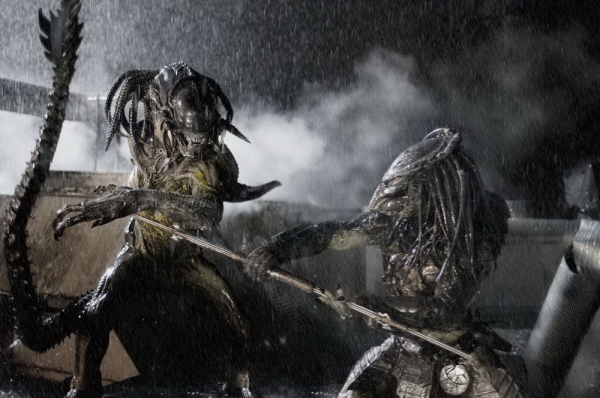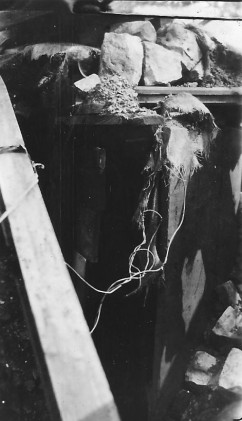In the Seijoh Academy, there are two members of the Book Club: Konoha Inoue, a high school student who was once a famous mystery author, and Tohko Amano, the self-proclaimed “Book Girl” and a literature-eating goblin.
Konoha writes a short story for Tohko and she happily eats it, describing the deliciousness of his hand-written story. This is an average day for the members of the book club.
When a love-struck classmate approaches the Book Club asking to help write love letters, Konoha reluctantly agrees, thanks to Tohko’s bullying him into doing so. But as Konoha continues to write these love letters, he discovers that romances are often bittersweet.
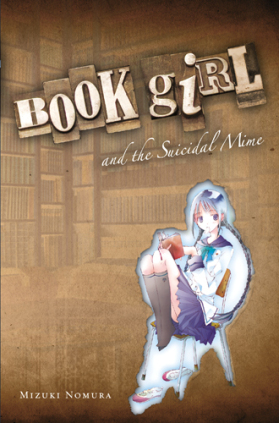
Bungaku Shoujo or Book Girl is a light novel series whose first volume was published over 10 years old by the time of this review. But for a rather old series, it’s a series unlike any light novels published after it; a high school romance mystery drama capturing the full essence of a Mizuki Nomura work. And for this particular volume, an emotional story about facades and suicide.
The main conflict in Book Girl and the Suicidal Mime revolves around a mystery involving the death of a certain student and the relationships involving that student. At the beginning of the novel, smaller everyday events like Konoha and Tokho’s club room antics, Chia’s bubbly visits to the book club, and Kotobuki and Konoha bitter conversations make this volume into a light-hearted romantic comedy for a short bit.
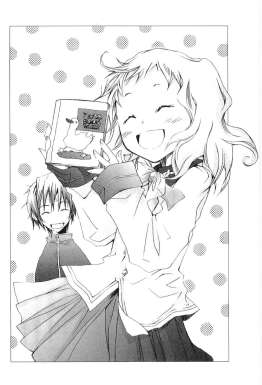
It isn’t until Konoha starts to get suspicious about Chia’s behavior where the novel and its focused characters starts to uncover their true face. At this point, it plays out like a straight-forward mystery romance drama, with its haunting monologues and ambiguous twists. But with the number of genres the story encapsulates, the volume doesn’t know want it wants to be overall, which can be alienating for some people looking for something in particular.
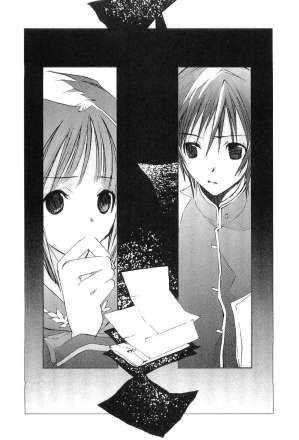
Konoha is a second year high school and a member of the book club. While he was an accomplished writer in the past, due to a certain tramuatic event, he is unable to write novels anymore. The only reason why Konoha starts to write again is because of his upperclassman Tohko. The bulk of Konoka’s character is built upon two main points: the incident scarring him emotionally and his relationship with Tohko. Just from this first volume, both of these points are constructed through in-depth references and summaries, respectively. While can infer what exactly happened to Konoha, the plot point is left open to further interpretation to the reader. There’s a feeling of detachment as it’s hard to sympathize with his feelings, both past and present, when we don’t know the full story; we can’t get an accurate measure of how dramatic these moments are supposed to be for him.
Fortunately, we are expected to grow more attached to Konoha due to the next volumes in the series but unfortunately, this volume is heavily reliant on the reader continuing the series.
Tohko is a third year high school girl who is a book-loving, literature-eating goblin. Despite her beautiful and tranquil appearance, Tohko is a carefree spirit that has a tendency to describe the various flavors of the stories she reads in the club room. Tohko has a very friendly relationship Konoha, contrasting his docile nature, which makes up the majority of the comedy in this series. It’s a very atmospheric and pleasant vibe seeing these two characters together which contrasts the melancholy tone later on.

Throughout the volume, Tohko freely references plenty of literature and writers. Fans will rejoice in seeing Nomura’s opinion of those authors and how they tie into the main conflict. For this volume, Book Girl and the Suicidal Mime, Nomura focuses on Osamu Dazai’s No Longer Human. While Tohko summarizes the main points and theme of the novel, unless you were someone who read the book or sympathizes with its themes, the discussion and how it relates to the main conflict won’t be captured in full effect.
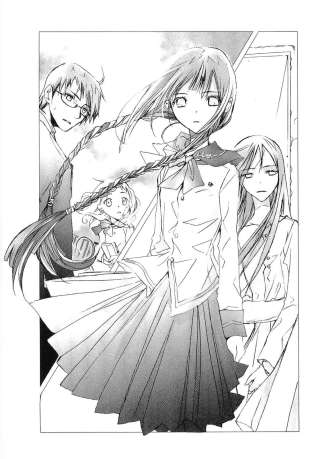
The writing style in Book Girl is Nomura’s strongest asset for the series and it helps accentuate the melodrama. Nomura has a very flowery style when writing detailed descriptions of feelings and actions. She also is given full reign to provide her opinions on certain authors and literature through Tokho’s lengthly comparisons to food (this is a feature that was also present in her next series When Hikaru was on the Earth.) While her style can be very effective when painting scenarios and character emotions, at times the pacing can be slow.
The illustrations were drawn by Miho Takeoka. Her characters have a petite and soft design while depicting them certain emotional moments. Mysterious and foreboding moments are emphasized with a strong presence of black while moments of beauty and delicacy are enveloped with white blurs.
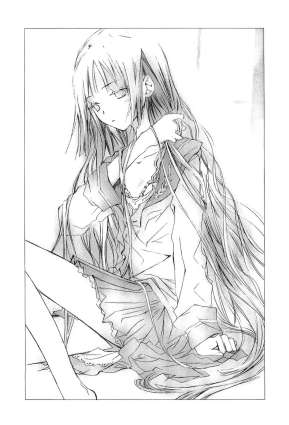
Book Girl and the Suicidal Mime ends on strange note. The conflict gets solved by the end but it leaves a bitter taste in your mouth emotionally. You can’t say that, for a fact, this volume has a happy ending for all parties. If you’re looking for that melodramatic character-focused romance drama, Book Girl will satisfy your hunger, while providing some lighthearted appetizers before the main entree.
Rating: Recommended
Author: Mizuki Nomura
Illustrator: Miho Takeoka
Translator: Karen McGillicuddy
English Publisher: Yen Press
Advertisements Share this: